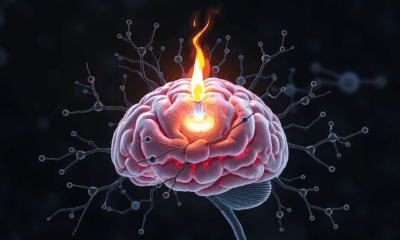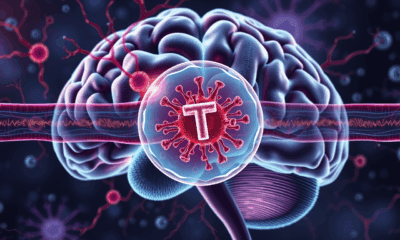While we try to keep things accurate, this content is part of an ongoing experiment and may not always be reliable.
Please double-check important details — we’re not responsible for how the information is used.
Consumer Behavior
Unpacking the Mysteries of Color Perception
‘Do we see colors the same way?’ is a fundamentally human question and one of great importance in research into the human mind. While impossible to answer at present, researchers take steps to answering it using a method that can map the experiences of colors between individuals, including those with colorblindness.

Child Psychology
“The Face-Driven Brain: Uncovering the Science Behind Pareidolia”
You may be seeing faces in clouds, toast, or cars—and it turns out your brain is wired to notice them. A fascinating new study shows how our attention is hijacked not just by real faces, but by face-like illusions, through entirely different mental mechanisms. These imaginary expressions actually spark a stronger response, and the research even hints at clever ways advertisers could use this effect to grab your attention.
Consumer Behavior
The Hidden Dangers of Erythritol: A Sugar Substitute Linked to Brain Cell Damage and Stroke Risk
Erythritol, a widely used sugar substitute found in many low-carb and sugar-free products, may not be as harmless as once believed. New research from the University of Colorado Boulder reveals that even small amounts of erythritol can harm brain blood vessel cells, promoting constriction, clotting, and inflammation—all of which may raise the risk of stroke.
Consumer Behavior
Smarter Decisions: New IQ Research Reveals Why Higher Intelligence Leads to Better Predictions and Outcomes
Smarter people don’t just crunch numbers better—they actually see the future more clearly. Examining thousands of over-50s, Bath researchers found the brightest minds made life-expectancy forecasts more than twice as accurate as those with the lowest IQs. By tying cognitive tests and genetic markers to real-world predictions, the study shows how sharp probability skills translate into wiser decisions about everything from crossing the road to planning retirement—and hints that clearer risk information could help everyone close the gap.
-

 Detectors8 months ago
Detectors8 months agoA New Horizon for Vision: How Gold Nanoparticles May Restore People’s Sight
-

 Earth & Climate9 months ago
Earth & Climate9 months agoRetiring Abroad Can Be Lonely Business
-

 Cancer9 months ago
Cancer9 months agoRevolutionizing Quantum Communication: Direct Connections Between Multiple Processors
-

 Albert Einstein9 months ago
Albert Einstein9 months agoHarnessing Water Waves: A Breakthrough in Controlling Floating Objects
-

 Earth & Climate9 months ago
Earth & Climate9 months agoHousehold Electricity Three Times More Expensive Than Upcoming ‘Eco-Friendly’ Aviation E-Fuels, Study Reveals
-

 Diseases and Conditions9 months ago
Diseases and Conditions9 months agoReducing Falls Among Elderly Women with Polypharmacy through Exercise Intervention
-

 Chemistry8 months ago
Chemistry8 months ago“Unveiling Hidden Patterns: A New Twist on Interference Phenomena”
-

 Agriculture and Food9 months ago
Agriculture and Food9 months ago“A Sustainable Solution: Researchers Create Hybrid Cheese with 25% Pea Protein”





























